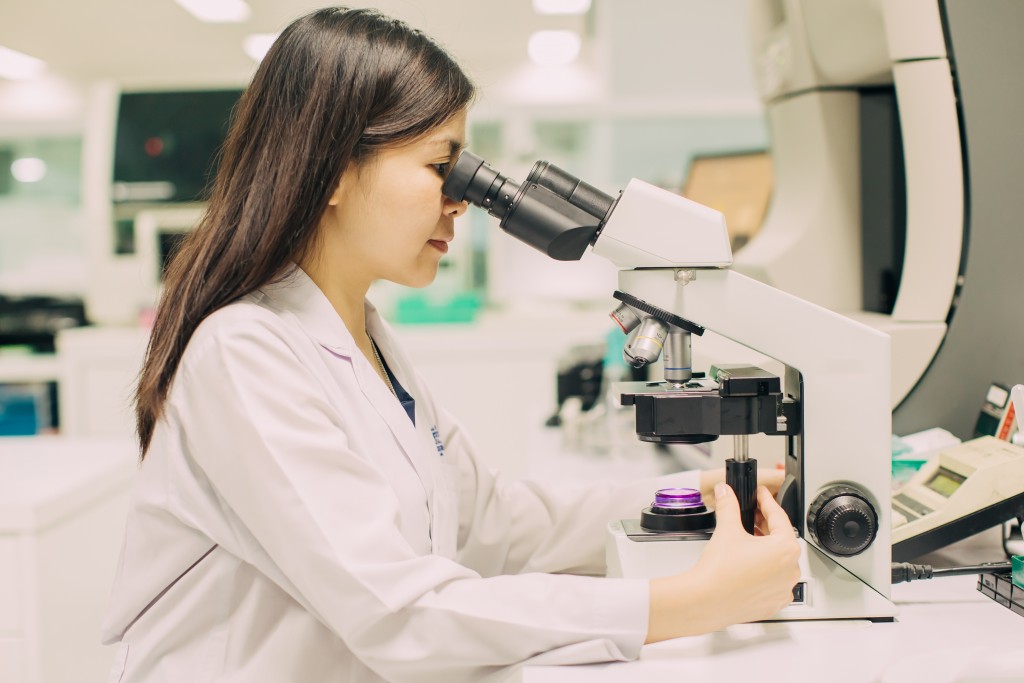Scientific Discoveries That Were Accidental

You’d be surprised that some of the most popular scientific discoveries in history came about not because the people behind it were actively looking for that thing. Some of these discoveries came about because scientists merely stumbled upon it.
If you want to know what these discoveries and inventions are, then read on.
The Microwave
Percy Spencer, an engineer working for Raytheon Corporation, accidentally discovered microwave when he was working on radar equipment. According to Spencer, he was carrying a candy bar in his pocket and it melted when he stepped in front of an active radar set.
Other people in the building noticed this phenomenon as well, but it was only Spencer who decided to investigate it further. Spencer brought in other food items and tested them on the tube. He was able to pop popcorn kernels using the tube, making it the first ever microwave popcorn.
After discovering that microwave energy can cook food items, Spencer built the first microwave oven and had it patented.
Velcro

Swiss engineer George de Mestral was back home after hiking the Swiss Alps when he noticed burdock burrs were clinging to his clothes. Instead of getting annoyed by the small prickly things sticking to his pants, de Mestral observed the little brown burrs more closely.
He saw that the burrs had little hooks, which enabled them to attach firmly to the fabric of his clothes. Inspired by his discovery, de Mestral decided to build the material we now know as Velcro. Eventually, NASA saw the huge potential of this material and started using it extensively in their gear.
The Pacemaker
Wilson Greatbatch was looking for a way to record the heart’s rhythm when he accidentally discovered – or invented – a more valuable instrument: the pacemaker.
In 1956, Greatbatch was trying to fix his heart rhythm recording device and he needed another item to complete his gadget. He was looking for a resistor in the toolbox to complete his gadget’s circuitry, but he grabbed something that wasn’t quite the right size.
Still, he installed the ill-fitting resistor into his gadget and noticed that it emitted electrical pulses that seemed like a heartbeat. He then redesigned his gadget thinking that if the resistor could emit electric signals that are in sync with a human heartbeat, then perhaps it could stimulate the heart to keep on beating. The resulting gadget is what most people now know as the pacemaker.
Play-Doh
Play-Doh was invented by Noah McVicker in the 1930s, but he didn’t originally intend it to be a toy. Instead, McVicker used his clay to clean soot from the walls of houses. Back then, people used coal to warm up their homes, causing soot to clung to the walls. It’s often difficult to get rid of with ordinary soap, but rolling the clay over the soot helped remove it.
When vinyl wallpaper was introduced, however, McVicker’s invention lost its purpose because this type of wallpaper could be cleaned easily with water. All they had to do was wash the wallpapers using a wet sponge and the soot and grime would come off easily.
Soon after, a nursery school teacher named Kay Zufall found out that her students were able to mold the clay into any shape. She contacted McVicker and told him that his clay could serve another purpose. It was then that McVicker’s clay became a toy that would eventually be known as Play-Doh.
These are just some of the most common items we have today that were discovered – or invented – accidentally. As for you, never close your mind to the idea that you too might be able to discover something extraordinary even when you’re not looking for it.
So, call up your lab equipment suppliers and get your gear ready because you might be able to discover something new by accident.




